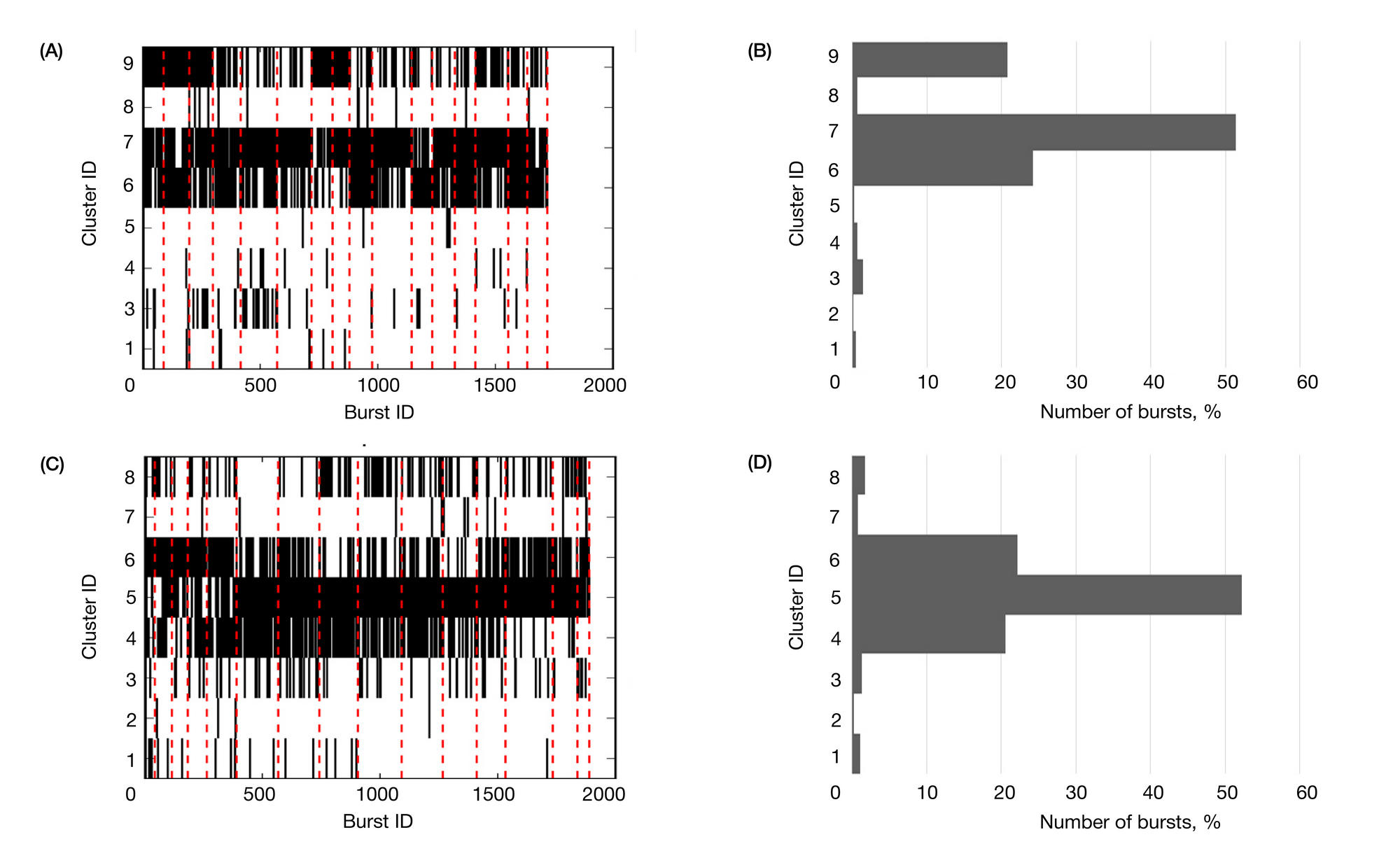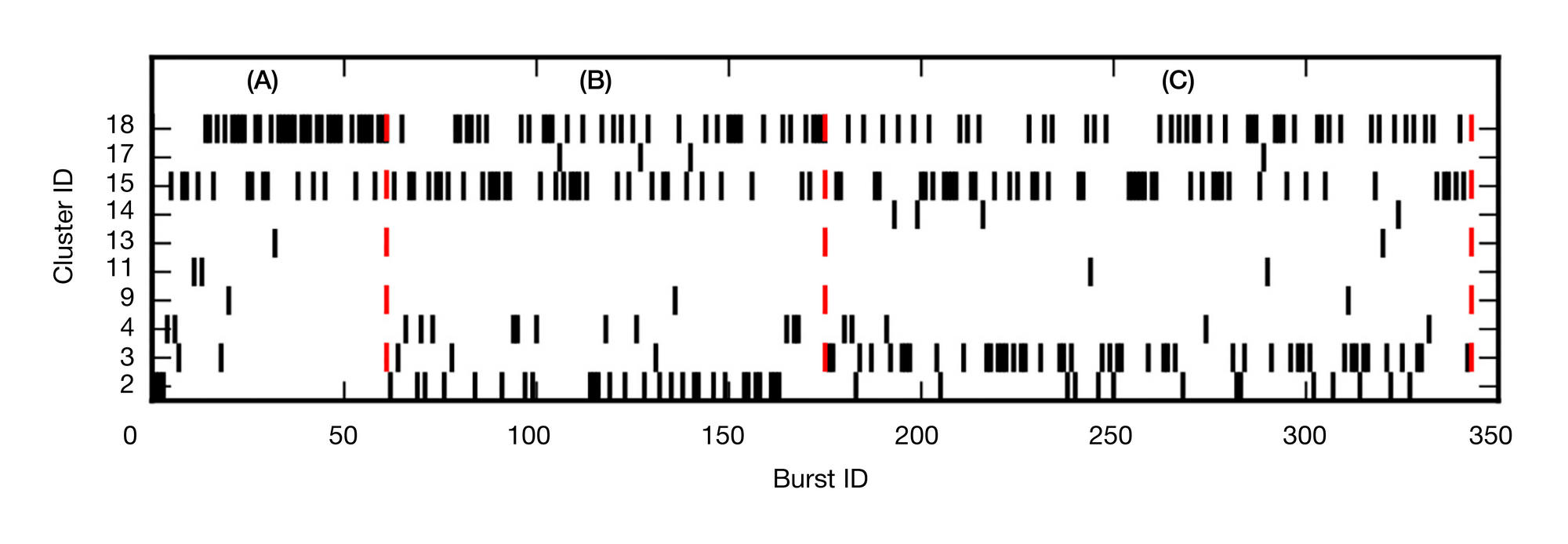
This article is an open access article distributed under the terms and conditions of the Creative Commons Attribution license (CC BY).
ORIGINAL RESEARCH
Stability of spontaneous electrical activity of neural networks in vitro
1 Department of Neurosciences, Kurchatov Complex of NBICS Technologies,National Research Centre Kurchatov Institute, Moscow, Russia
2 Department of Physiology, Biomedical Faculty,Pirogov Russian National Research Medical University, Moscow, Russia
3 Department of NBIC Technologies, Faculty of Nano-, Bio-, Information and Cognitive Technologies,Moscow Institute of Physics and Technology (State University), Dolgoprudny, Russia
4 Department of Human and Animal Physiology, Faculty of Biology,Lomonosov Moscow State University, Moscow, Russia
5 National Research Nuclear University MEPhI, Moscow
Correspondence should be addressed: Ilya Sokolov
ul. Chertanovskaya, d. 49, k. 2, kv. 121, Moscow, Russia, 117534; moc.liamg@volokosresli
Funding: this work was supported by the Russian Science Foundation, grant no. 15-11-30014.



